Zamówienie wyślemy do 00 00 00
| Autor | |
|---|---|
| ISBN | |
| Rok wydania | |
| Liczba stron | |
| Format |
Publikacja poświęcona problematyce biżuterii kultury późnoscytyjskiej i sarmackiej z obszaru północnych wybrzeży Morza Czarnego. Zebrane materiały pochodzą z badań w większości nigdy wcześniej nie publikowanych. Na ponad 400 stronach autorka przedstawiła blisko 3,5 tysiąca reprodukcji biżuterii, m.in. kolczyków, bransolet i pierścionków. Ich powstanie datowane jest na okres od II w. p.n.e. do IV w. n.e. Całość pracy wzbogacona została ponad setką zdjęć i licznymi tablicami.
Contents
Acknowledgements
1. Introduction
1.1. Te objective and subject area of the present work
1.2. History and state of research
1.3. Te state of the corpus of sources
1.4. Terminology
2. Typological analysis of the earrings
2.1. Introduction
2.2. Type I – Earrings having an almost circular shape and pointed ends (I)
2.3. Type II – Earrings having an almost circular shape and blunt ends (II)
2.4. Type III – Earrings having an almost circular shape, with one pointed and one widened end (III)
2.5. Type IV – Almost circular earrings with one zoomorphic end (IV)
2.6. Type V – Earrings having an almost circular shape and fastenings made of a hook and loop (V)
2.7. Type VI – Almost circular earrings with a fastening in the form of two hooks (VI)
2.8. Type VII – Almost circular earrings with a fastening and granulation (VII)
2.9. Type VIII – Almost circular earrings with a fastening and rings (VIII)
2.10. Type IX – Almost circular earrings with a fastening in the form of a hook and aperture in the base (IX)
2.11. Type X – Almost circular earrings with an inset embedded in a setting (X)
2.12. Type XI – Earrings with a flower-shaped plaque and a fastening in the form of a hook and aperture (XI)
2.13. Type XII – Earrings in the polychrome style from the Late Roman period (XII)
2.14. Type XIII – Earrings with a tripartite pendant attached to the hoop (XIII)
2.15. Type XIV – Earrings made of a thin plate with a hooked post and incrustation (XIV)
2.16. Summary
3. Typological analysis of the bracelets
3.1. Introduction
3.2. Group A – Bracelets made of wire or rod
3.2.1. Type I – Spiral bracelets with pointed ends (A/I)
3.2.2. Type II – Spiral bracelets with blunt ends (A/II)
3.2.3. Type III – Spiral bracelets with straight-cut ends (A/III)
3.2.4. Type IV – Spiral bracelets with overlapping coiled ends (A/IV)
3.2.5. Type V – Spiral bracelets with zoomorphic ends (A/V)
3.2.6. Type VI – Single-coil bracelets with pointed ends (A/VI)
3.2.7. Type VII – Single-coil bracelets with blunt ends (A/VII)
3.2.8. Type VIII – Single-coil bracelets with straight-cut ends (A/VIII)
3.2.9. Type IX – Single-coil bracelets with widened ends (A/IX)
3.2.10. Type X – Single-coil bracelets with thickened ends (A/X)
3.2.11. Type XI – Single-coil bracelets with overlapping coiled ends (A/XI)
3.2.12. Type XII – Bracelets with ends formed in the shape of a hook and loop (A/XII)
3.2.13. Type XIII – Bracelets with hook shaped ends (A/XIII)
3.2.14. Type XIV – Single-coil bracelet with a fastening in the form of a hook and ring (A/XIV)
3.2.15. Type XV – Single-coil bracelets with zoomorphic ends (A/XV)
3.2.16. Type XVI – Knotenring type bracelets (A/XVI)
3.3. Group B – Bracelets made of a metal band
3.3.1. Type I – Spiral bracelets made of a metal band with straight-cut ends (B/I)
3.3.2. Type II – Spiral bracelets made of a metal band with zoomorphic ends (B/II)
3.3.3. Type III – Bracelets made of a metal band with pointed ends (B/III)
3.3.4. Type IV – Single-coil bracelets made of a metal band with straight-cut ends (B/IV)
3.3.5. Type V – Single-coil bracelets with broadened ends (B/V)
3.3.6. Type VI – Bracelets made of a metal band and having zoomorphic ends (B/VI)
3.3.7. Type VII – Bracelets with hinged fastenings (B/VII)
3.4. Summary
4. Typological analysis of the band rings and finger rings
4.1. Introduction
4.2. Type I – Spiral band rings (I)
4.3. Type II – Simple band rings with ends that overlap or do not meet (II)
4.4. Type III – Band rings with closed shanks (III)
4.5. Type IV – Finger rings made of a metal band with the broadened front face (IV)
4.6. Type V – Finger rings with zoomorphic ends (V)
4.7. Type VI – Finger rings with double spiral discs at their ends (VI)
4.8. Type VII – Finger rings with overlapping coiled ends (VII)
4.9. Type VIII – Solid finger rings with the shank broadening to form the bezel (VIII)
4.10. Type IX – Finger rings with the expanded front part of the shank that has a cavity designed for holding an inset (IX)
4.11. Type X – Finger rings with the thin shank and a clearly distinguished bezel holding an inset (X)
4.12. Type XI – Finger rings with a bezel attached to the surface of the shank (XI)
4.13. Type XII – Finger rings with enamel (XII)
4.14. Type XIII – Finger rings made of a metal band and having widened, notched ends (XIII)
4.15. Type XIV – Finger rings with collared bezels (XIV)
4.16. Type XV – Finger rings made of a glass rod (XV)
4.17. Summary
5. Typological-chronological analysis – summary
6. Raw material
7. Occurrences of jewellery in male, female and child graves
8. Functions of earrings, bracelets, band rings and finger rings
9. Summary
Catalogue
Introduction
Funerary materials
Settlement materials
Plates
References

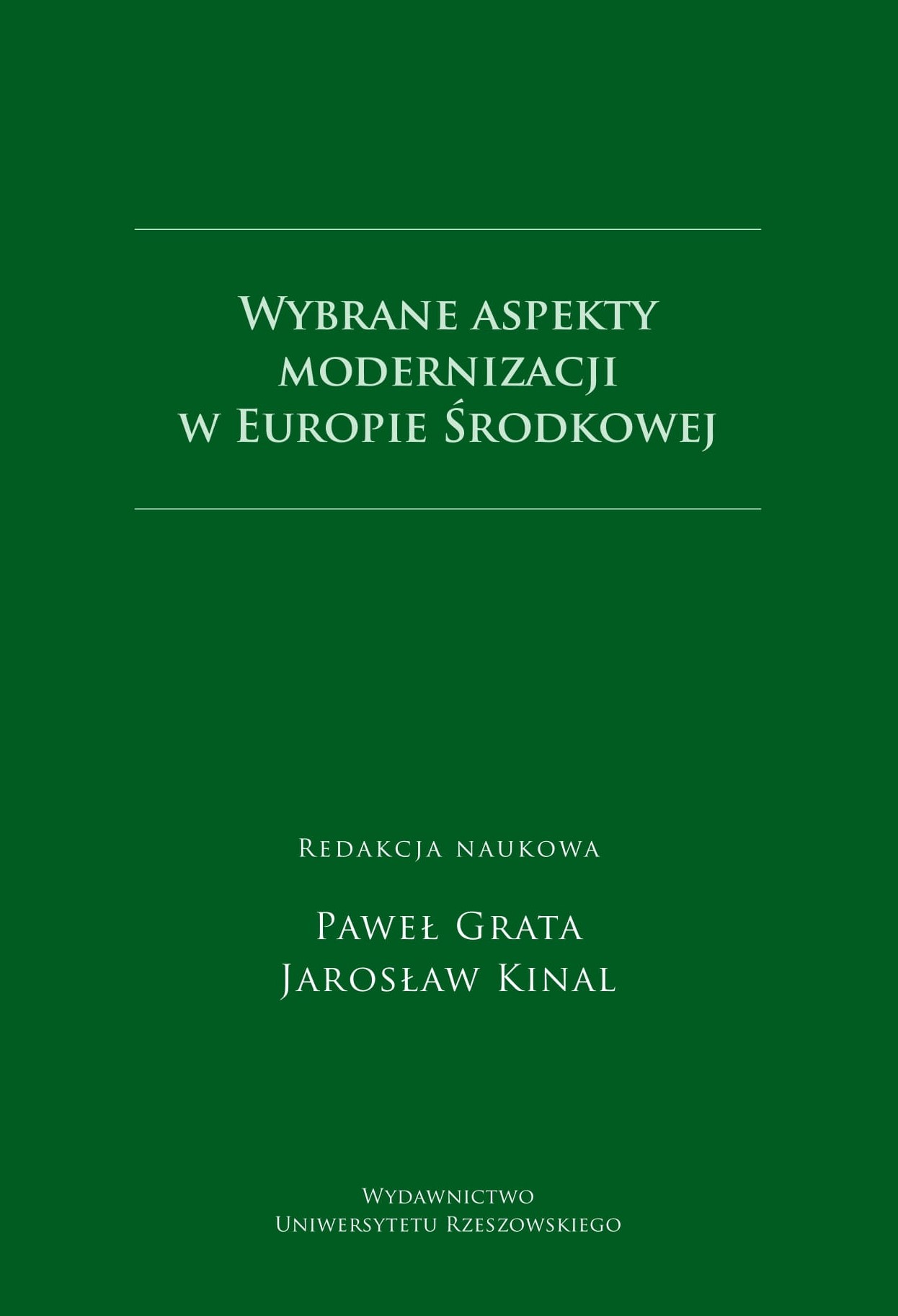


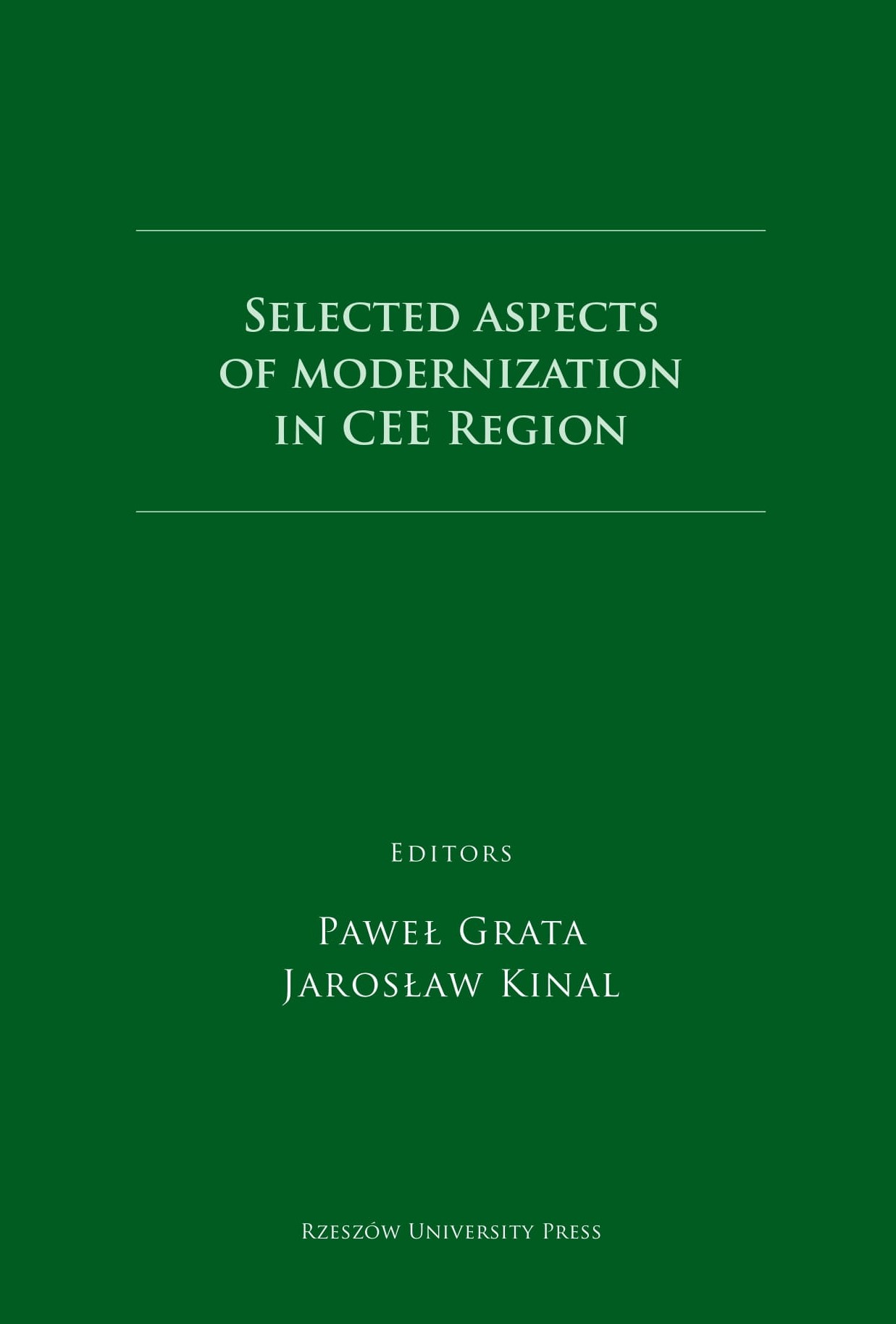
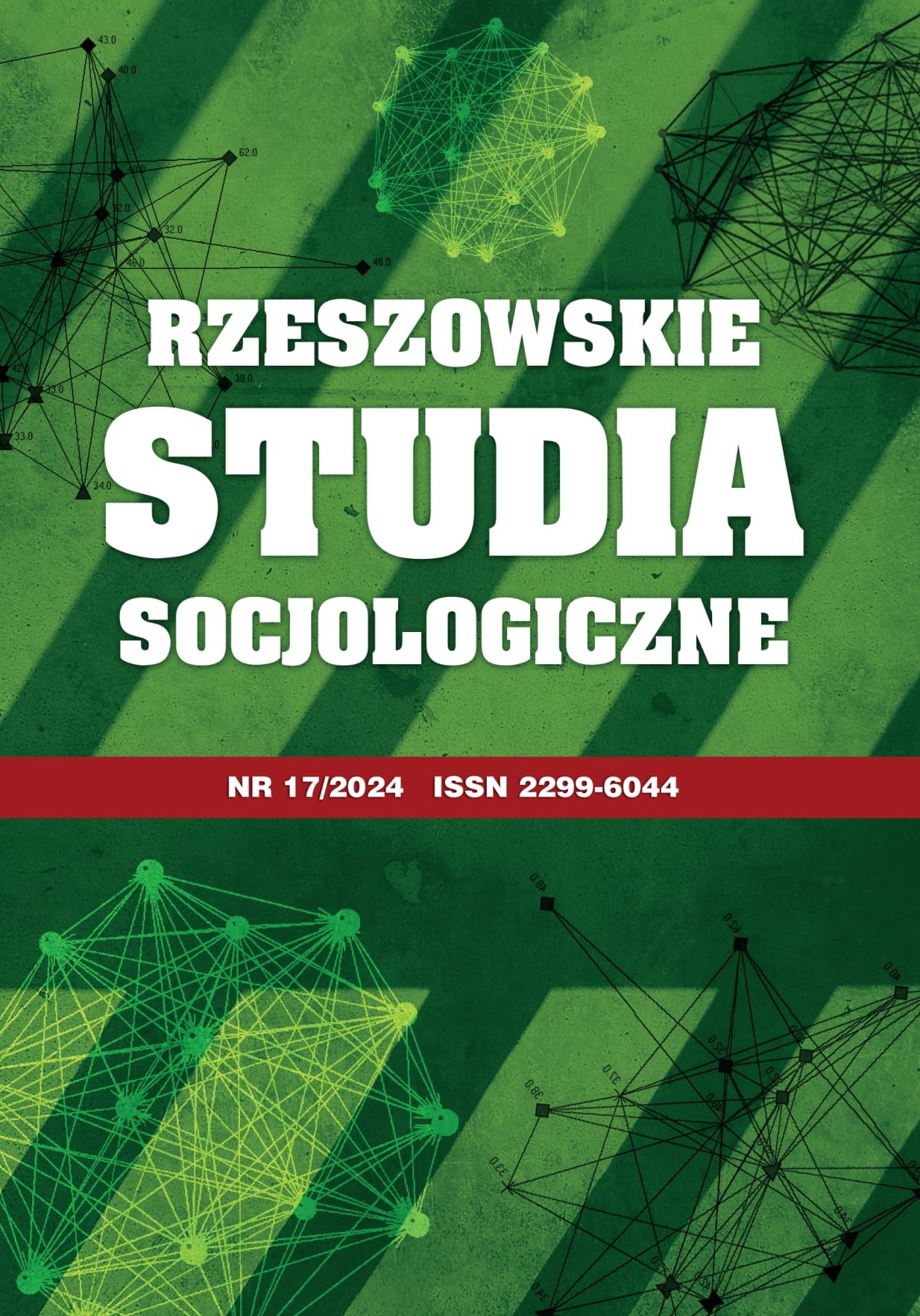
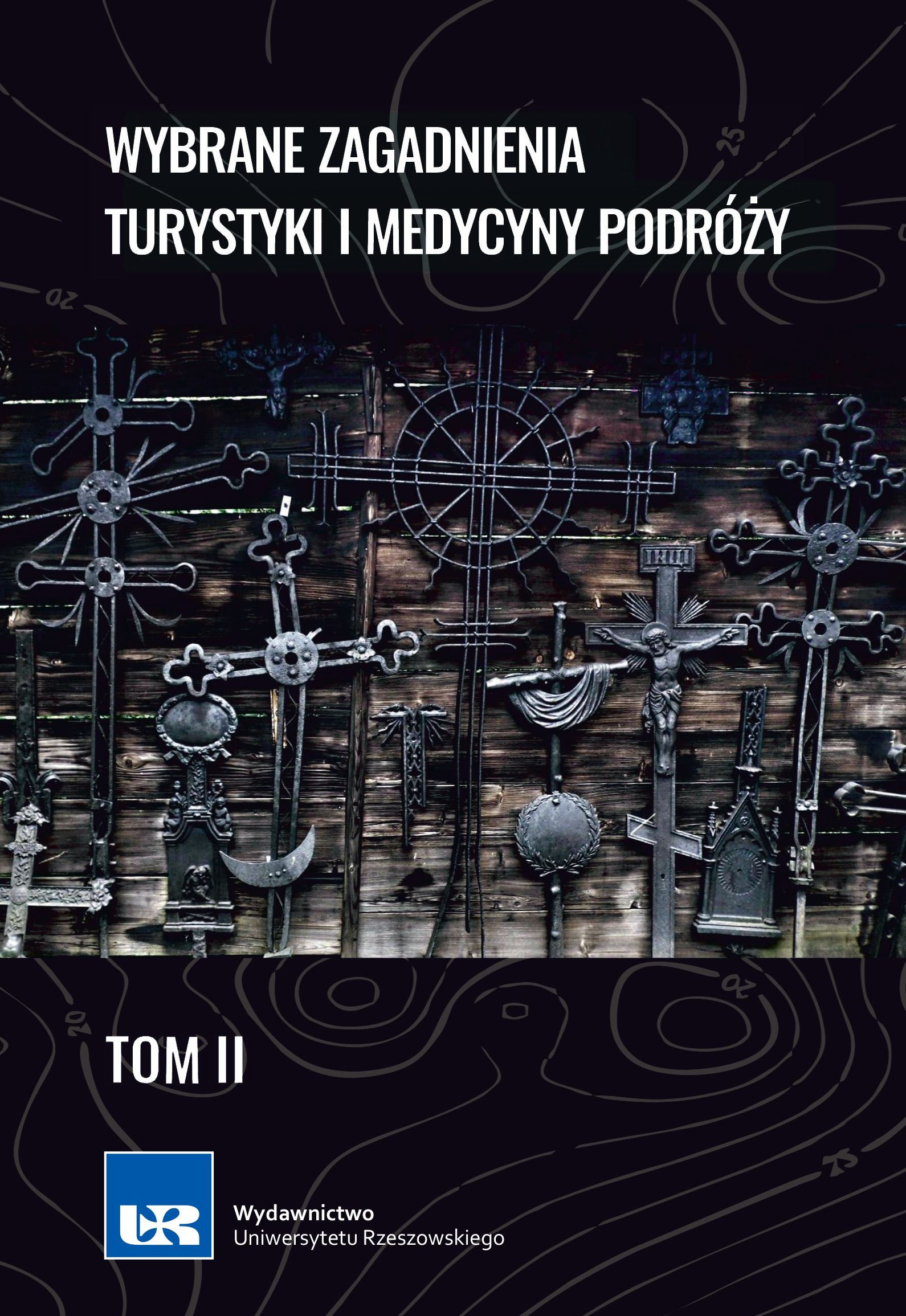
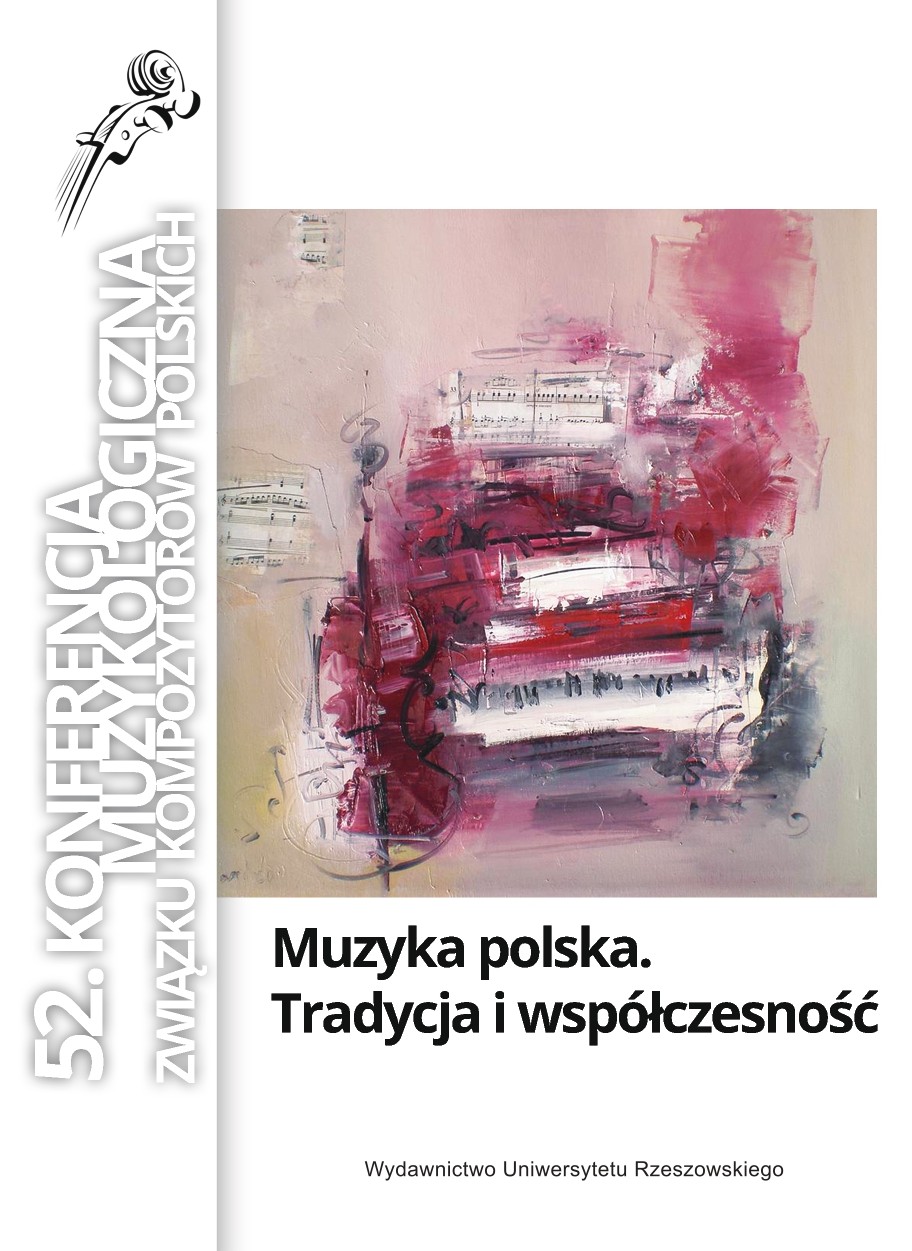

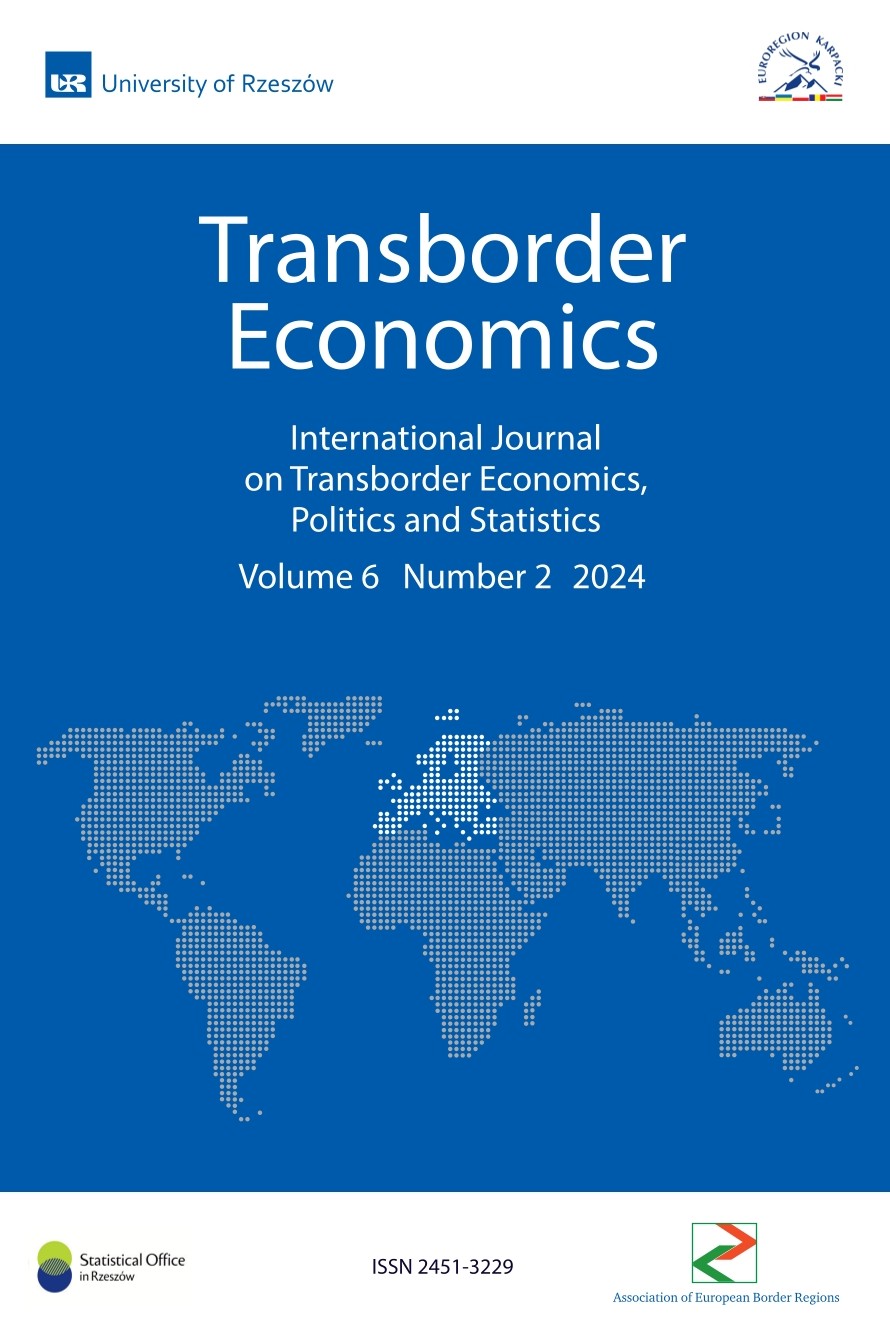

Copyright © 2025
wydawnictwo@ur.edu.pl
tel. 017 872 13 69 (Kolportaż)
tel. 017 872 14 37 (Dyrektor)
faks: 17 872 14 26
e-mail: wydawnictwo@ur.edu.pl
Adres:
ul. prof. St. Pigonia 6, 35-310 Rzeszów